Home>Gardening & Outdoor>Landscaping Ideas>How Long Does It Take For Grass Seed To Grow
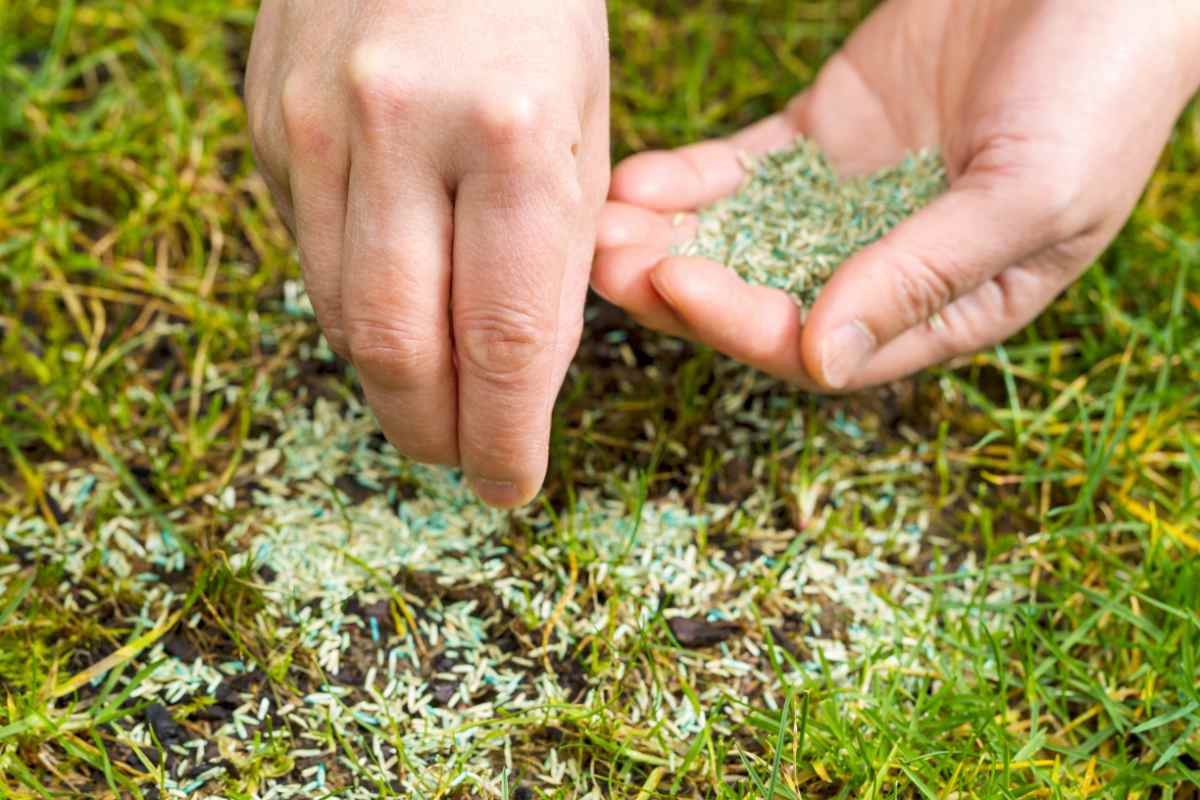

Landscaping Ideas
How Long Does It Take For Grass Seed To Grow
Modified: March 21, 2024
Discover expert landscaping ideas and learn how long it takes for grass seed to grow. Transform your outdoor space with our tips and advice.
(Many of the links in this article redirect to a specific reviewed product. Your purchase of these products through affiliate links helps to generate commission for Storables.com, at no extra cost. Learn more)
Introduction
Planting grass seed is a popular and cost-effective way to establish a lush, green lawn or rejuvenate an existing one. However, the process of growing grass from seed requires patience and careful attention to various factors that influence its growth. Understanding the timeline and conditions necessary for successful grass seed growth is essential for achieving the desired results.
In this comprehensive guide, we will explore the intricacies of grass seed growth, including the factors that affect its development, the germination period, growth rate, and valuable tips for promoting healthy and robust grass seed growth. By gaining insight into these aspects, you will be better equipped to nurture your grass seed and cultivate a vibrant, thriving lawn.
Key Takeaways:
- Grass seed growth depends on factors like soil quality, watering, temperature, and proper maintenance. Understanding these elements helps create a thriving lawn.
- To promote grass seed growth, focus on soil preparation, seed selection, optimal watering, and consistent maintenance. These steps lead to a lush and resilient lawn.
Read more: How Long Does It Take Seeds To Grow
Factors Affecting Grass Seed Growth
Several crucial factors play a significant role in determining the success of grass seed growth. Understanding and managing these factors can greatly impact the outcome of your lawn establishment or renovation project. Here are the key elements that influence the growth of grass seed:
- Soil Conditions: The quality and composition of the soil are pivotal for grass seed growth. Factors such as pH level, nutrient content, and soil compaction directly affect the seed’s ability to germinate and establish roots.
- Watering: Adequate and consistent moisture is essential for grass seed germination and growth. Insufficient watering can hinder germination, while excessive moisture may lead to fungal issues and poor root development.
- Temperature: Grass seed growth is influenced by temperature, with different grass species exhibiting varying temperature preferences for optimal germination and growth.
- Light: While some grass species require ample sunlight for robust growth, others are more tolerant of shaded conditions. Understanding the light requirements of the chosen grass seed is crucial for successful establishment.
- Weed and Pest Control: Competition from weeds and damage from pests can impede the growth of grass seed. Implementing effective weed control and pest management measures is essential for creating a favorable environment for grass seedlings.
- Grass Species and Seed Quality: The selection of appropriate grass species for your region and the use of high-quality grass seed significantly impact the success of your lawn. Different grass species have distinct growth requirements and tolerances.
- Proper Seeding Techniques: The method of seeding, including seed depth, coverage, and soil contact, directly affects the germination and establishment of grass seed. Following recommended seeding practices is crucial for optimal growth.
By carefully considering and managing these factors, you can create an environment conducive to robust grass seed growth and ultimately achieve a healthy, vibrant lawn.
Germination Period of Grass Seed
The germination period marks the initial stage of a grass seed’s growth journey. During this critical phase, the seed undergoes the process of sprouting and developing into a seedling. The duration of the germination period varies depending on several factors, including the grass species, environmental conditions, and the quality of soil preparation and seedbed.
Typically, the germination period for most common grass species ranges from 5 to 30 days. However, certain species may exhibit longer germination periods, requiring patience and consistent care during this early stage of growth. Warm-season grasses, such as Bermuda grass and Zoysia grass, often have shorter germination periods compared to cool-season grasses like Kentucky bluegrass and fescue varieties.
Optimal soil moisture and temperature are crucial for promoting prompt and uniform germination. Adequate watering, coupled with favorable temperature conditions, accelerates the germination process, leading to a higher percentage of successful seedling emergence. Additionally, the depth at which the seeds are sown and the presence of adequate soil contact directly influence the speed and uniformity of germination.
It is important to note that factors such as soil compaction, excessive thatch, and the presence of competing vegetation can hinder the germination process, prolonging the time required for the seeds to sprout and establish. By addressing these potential obstacles and creating an ideal environment for germination, you can expedite the growth of grass seed and set the stage for healthy and robust seedling development.
Understanding the typical germination period of the chosen grass species and diligently monitoring the environmental conditions are essential for gauging the progress of seed germination and making informed adjustments to optimize the growth process.
Grass seed typically takes 7-30 days to germinate and start growing. Factors like temperature, moisture, and grass type can affect the growth time. Keep the soil moist and be patient for the best results.
Growth Rate of Grass Seed
Once the germination phase is complete, the grass seedlings embark on a journey of growth and development, gradually transforming into a lush and verdant lawn. The growth rate of grass seed is influenced by various factors and can vary significantly based on the specific grass species, environmental conditions, and maintenance practices.
Upon germination, the initial growth of grass seedlings primarily involves the development of roots and the emergence of the first blades of grass. During this early stage, consistent watering and adequate moisture are paramount for nurturing healthy root establishment and promoting upward growth. The growth rate of grass seed can be accelerated by providing optimal conditions, including sufficient sunlight, balanced nutrition, and proper irrigation.
The growth rate of grass seed is closely tied to the chosen grass species, with different varieties exhibiting varying rates of growth. For example, fast-growing grass species such as perennial ryegrass and annual ryegrass tend to establish quickly and produce noticeable growth within a few weeks of germination. In contrast, slow-growing grasses like fine fescue and colonial bentgrass may take longer to develop into a dense and uniform turf.
Environmental factors, including temperature, sunlight exposure, and soil quality, directly impact the growth rate of grass seed. Warm-season grasses thrive in higher temperatures and exhibit rapid growth during the summer months, while cool-season grasses experience vigorous growth during the spring and fall, with reduced growth rates in hot summer conditions.
Maintaining an optimal mowing height, providing essential nutrients through fertilization, and addressing any pest or disease issues promptly are vital for sustaining healthy and consistent growth. Regular mowing encourages lateral spread and tillering, contributing to a denser and more resilient lawn over time.
By understanding the growth characteristics of the specific grass species in your lawn and implementing appropriate maintenance practices, you can effectively manage the growth rate of grass seed, fostering a lush and vibrant lawn that enhances the beauty of your outdoor space.
Tips for Promoting Grass Seed Growth
Successfully nurturing the growth of grass seed requires a strategic and attentive approach, encompassing various aspects of lawn care and maintenance. By implementing the following tips, you can create an optimal environment for robust and healthy grass seed growth:
- Soil Preparation: Prior to seeding, prepare the soil by removing debris, loosening compacted areas, and incorporating organic matter to enhance soil structure and fertility.
- Seed Selection: Choose high-quality grass seed that is well-suited to your region’s climate and soil conditions, ensuring optimal germination and long-term resilience.
- Proper Seeding Technique: Follow recommended seeding rates, distribute the seed evenly, and ensure good seed-to-soil contact by raking or gently pressing the seeds into the soil.
- Optimal Watering: Keep the seeded area consistently moist by lightly watering multiple times a day to prevent the soil from drying out, especially during the critical germination phase.
- Environmental Monitoring: Regularly assess environmental conditions such as temperature, moisture levels, and sunlight exposure to make necessary adjustments that support healthy seedling growth.
- Weed Control: Implement weed control measures to minimize competition and prevent invasive plants from impeding the growth of grass seedlings.
- Proper Mowing: Once the grass seedlings reach the recommended mowing height, mow the lawn carefully to encourage lateral growth and strengthen the root system.
- Fertilization: Apply a balanced fertilizer at the appropriate time to provide essential nutrients that support vigorous growth and overall lawn health.
- Pest and Disease Management: Monitor the lawn for signs of pests and diseases, and address any issues promptly to safeguard the growth and vitality of the grass seedlings.
- Maintenance Consistency: Maintain a consistent care routine, including watering, mowing, and fertilization, to sustain optimal conditions for ongoing grass seed growth and development.
By incorporating these tips into your lawn care regimen, you can foster the successful establishment and sustained growth of grass seed, ultimately cultivating a lush and resilient lawn that enhances the beauty of your outdoor space.
Conclusion
Understanding the intricacies of grass seed growth is essential for achieving a vibrant and healthy lawn. By considering the various factors that influence grass seed growth, including soil conditions, watering, temperature, light, and proper maintenance practices, you can create an environment conducive to successful establishment and sustained growth.
The germination period marks the crucial initial phase of grass seed growth, during which the seeds sprout and develop into seedlings. By providing optimal moisture, temperature, and soil contact, you can support prompt and uniform germination, setting the stage for robust growth.
Once the seedlings emerge, the growth rate of grass seed is influenced by the chosen grass species, environmental conditions, and maintenance efforts. By addressing these factors and implementing proper watering, mowing, fertilization, and pest management practices, you can promote healthy and consistent growth, leading to a lush and resilient lawn.
By following the recommended tips for promoting grass seed growth, including soil preparation, seed selection, proper seeding techniques, and diligent maintenance, you can create an ideal environment for the successful establishment and long-term vitality of your lawn.
Ultimately, by understanding the nuances of grass seed growth and implementing effective strategies, you can cultivate a thriving and visually appealing lawn that enriches your outdoor space and provides a welcoming environment for relaxation and recreation.
With careful attention to the factors influencing grass seed growth and the implementation of best practices, you can embark on a rewarding journey of nurturing and enjoying the beauty of a flourishing lawn.
Frequently Asked Questions about How Long Does It Take For Grass Seed To Grow
Was this page helpful?
At Storables.com, we guarantee accurate and reliable information. Our content, validated by Expert Board Contributors, is crafted following stringent Editorial Policies. We're committed to providing you with well-researched, expert-backed insights for all your informational needs.
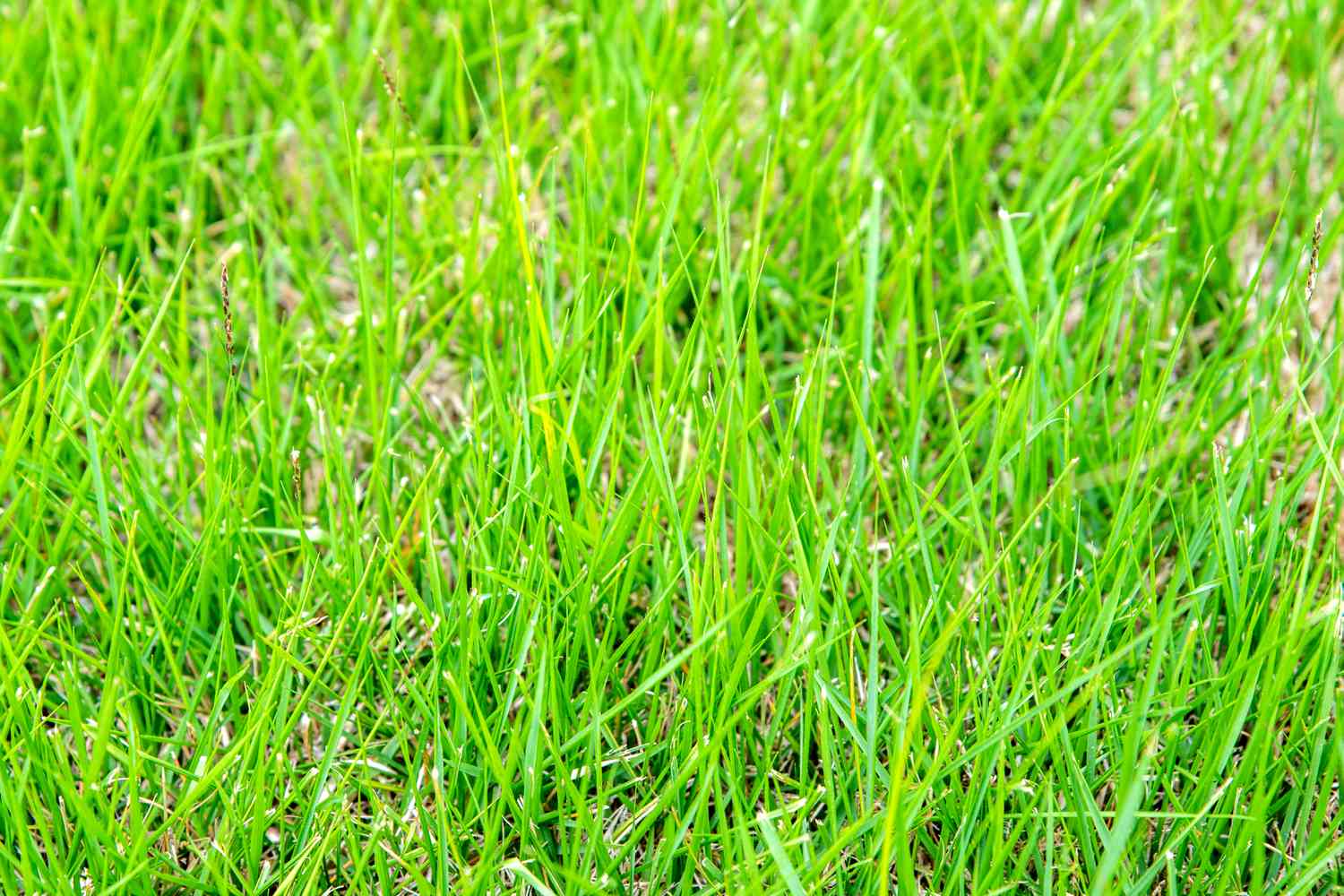
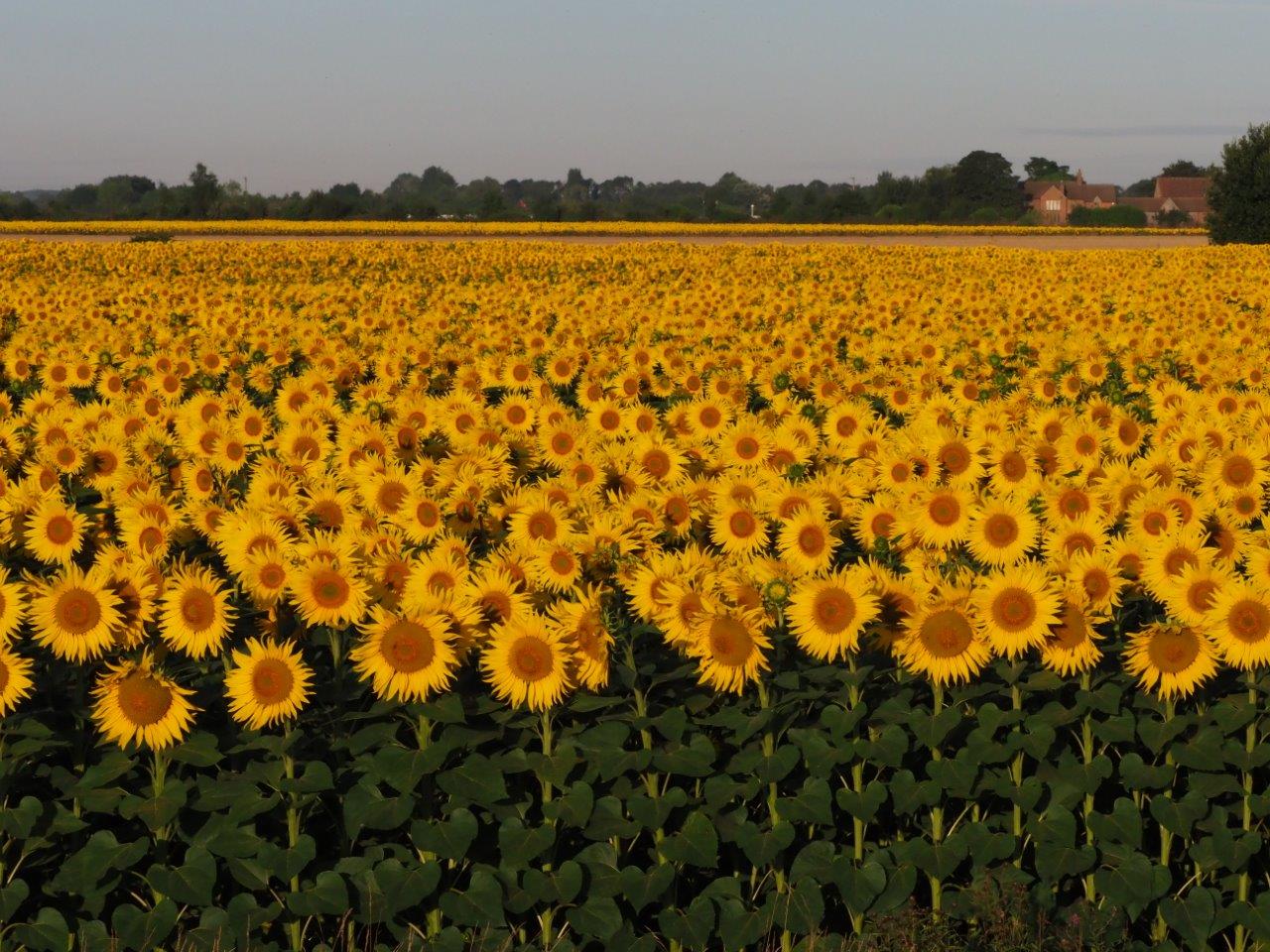
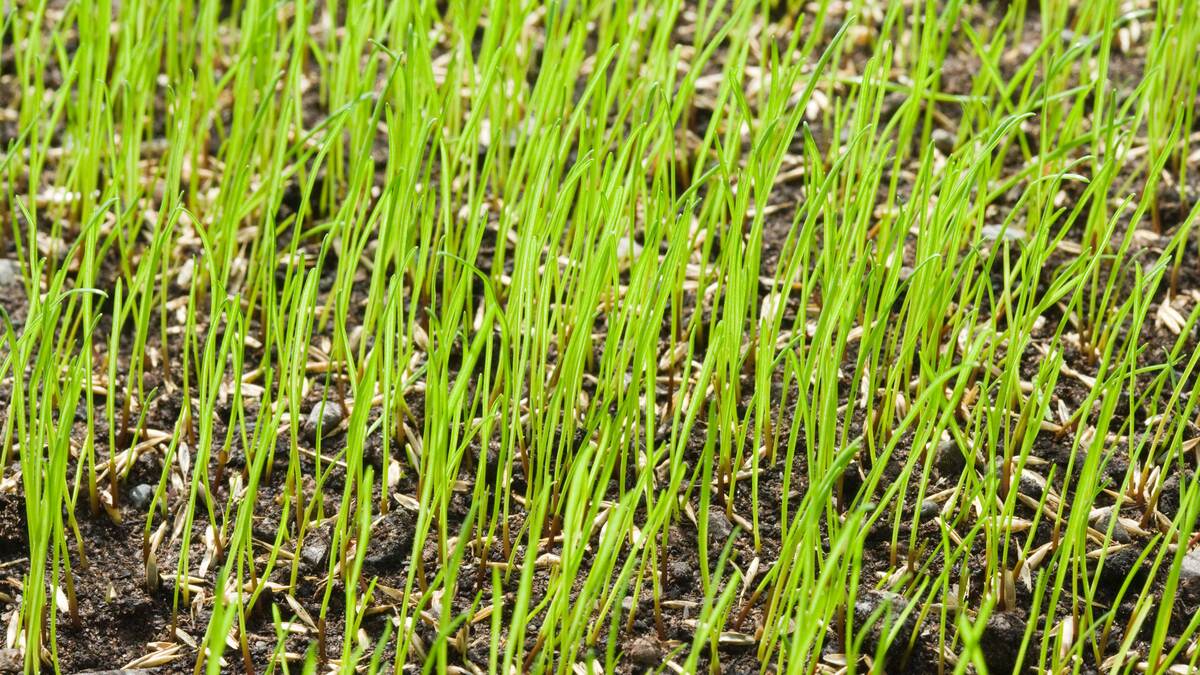

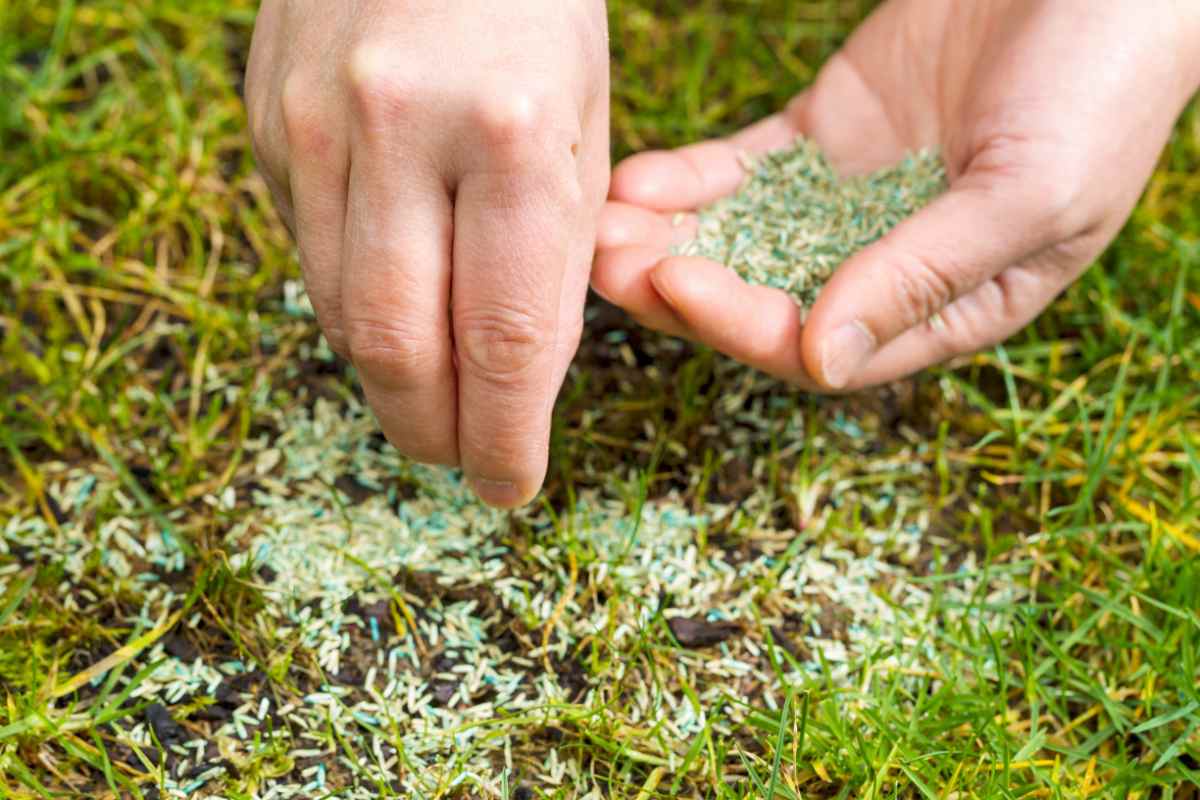
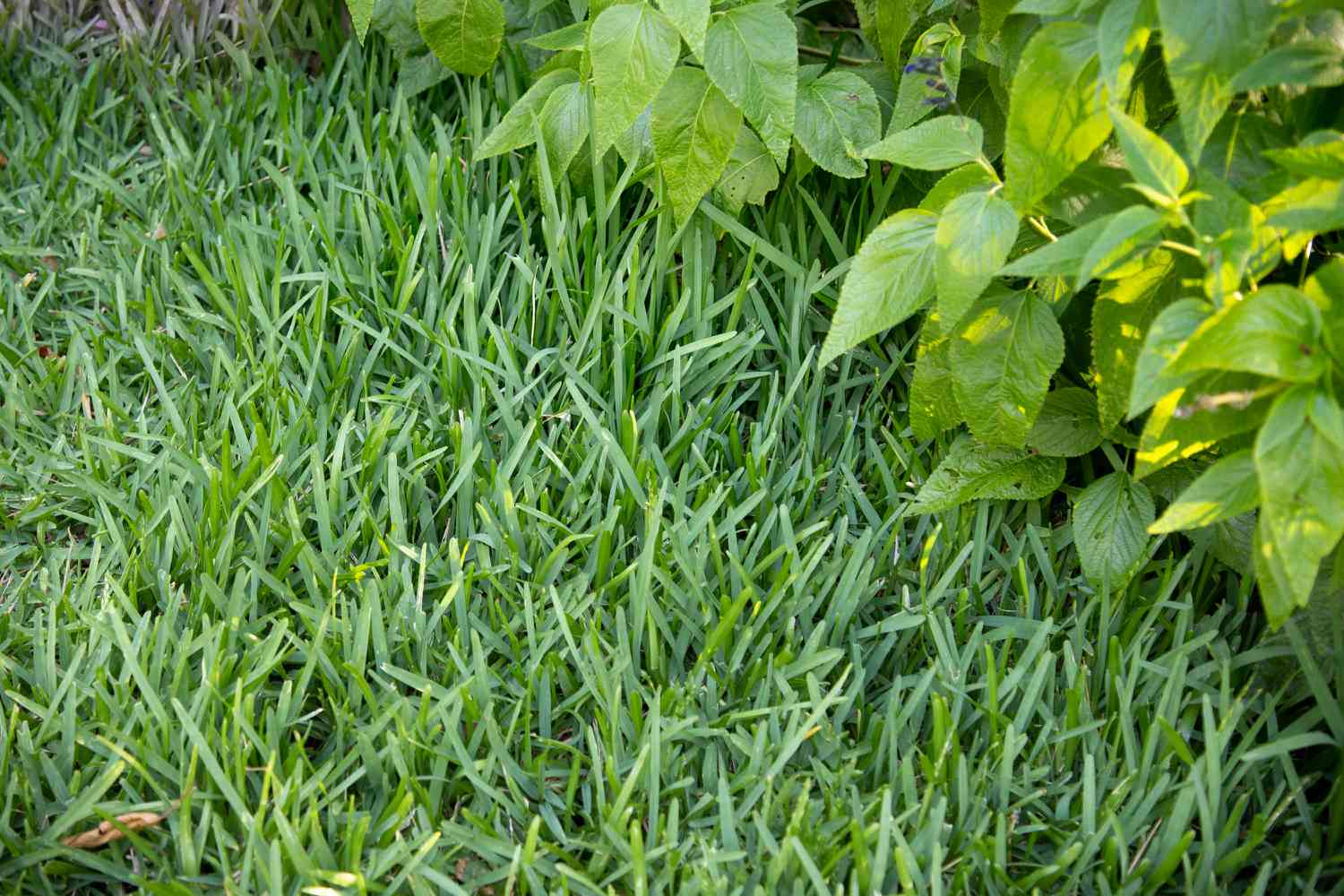
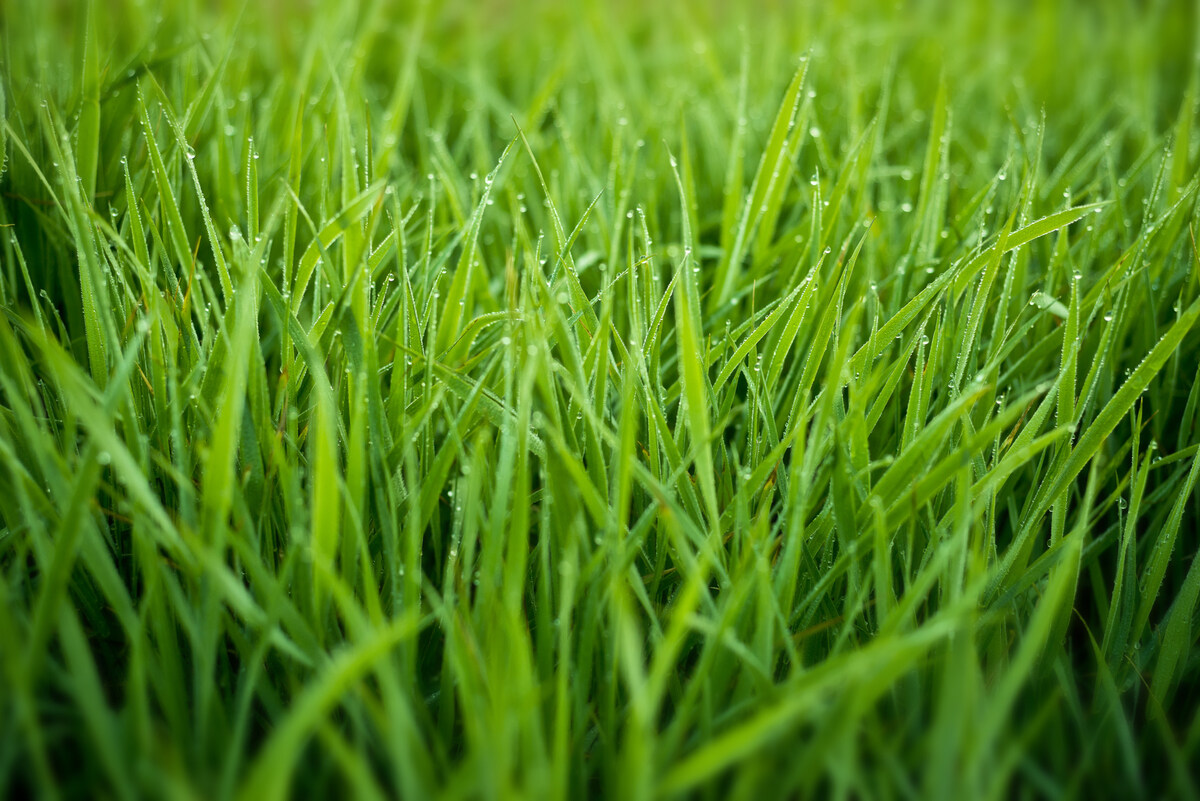
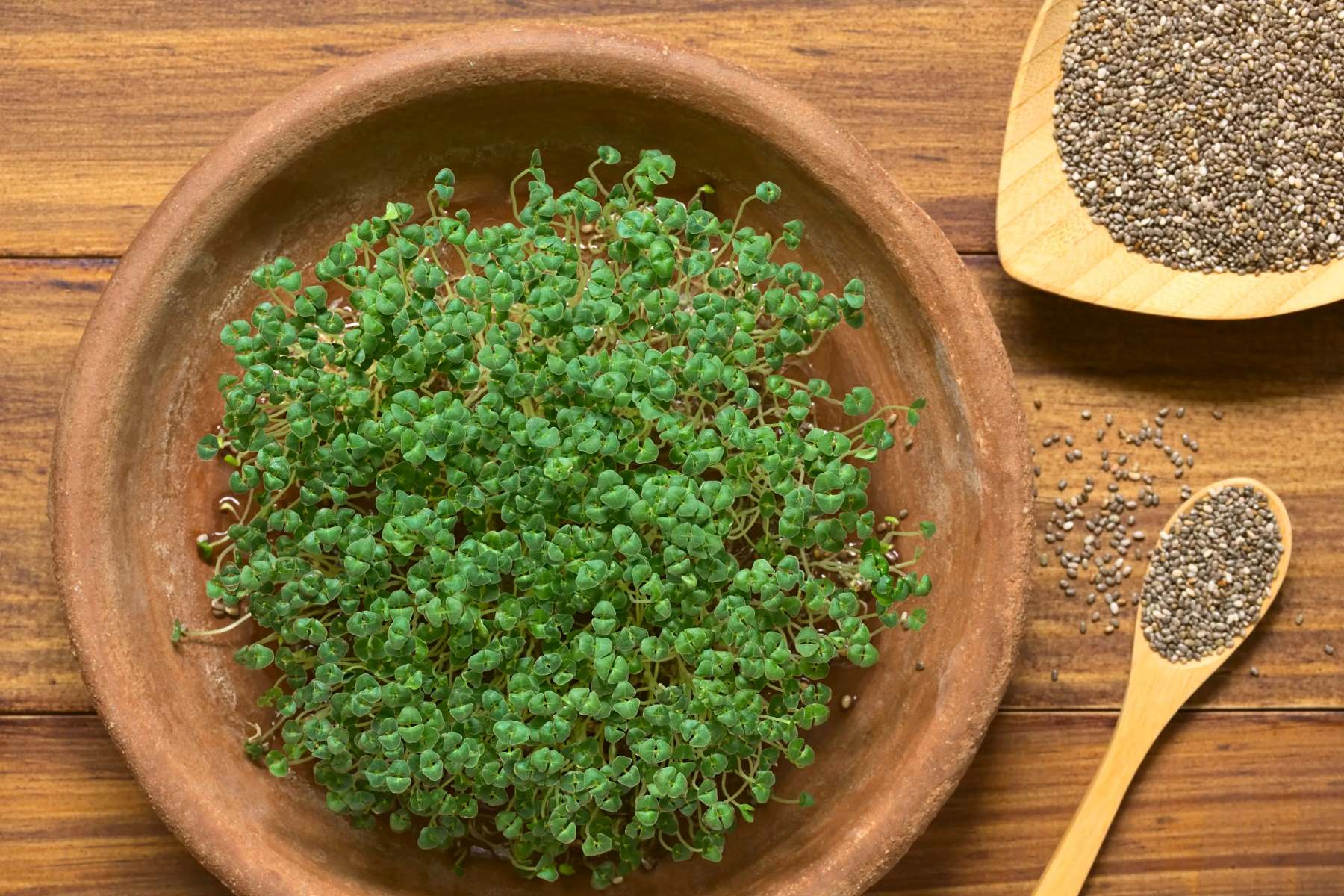
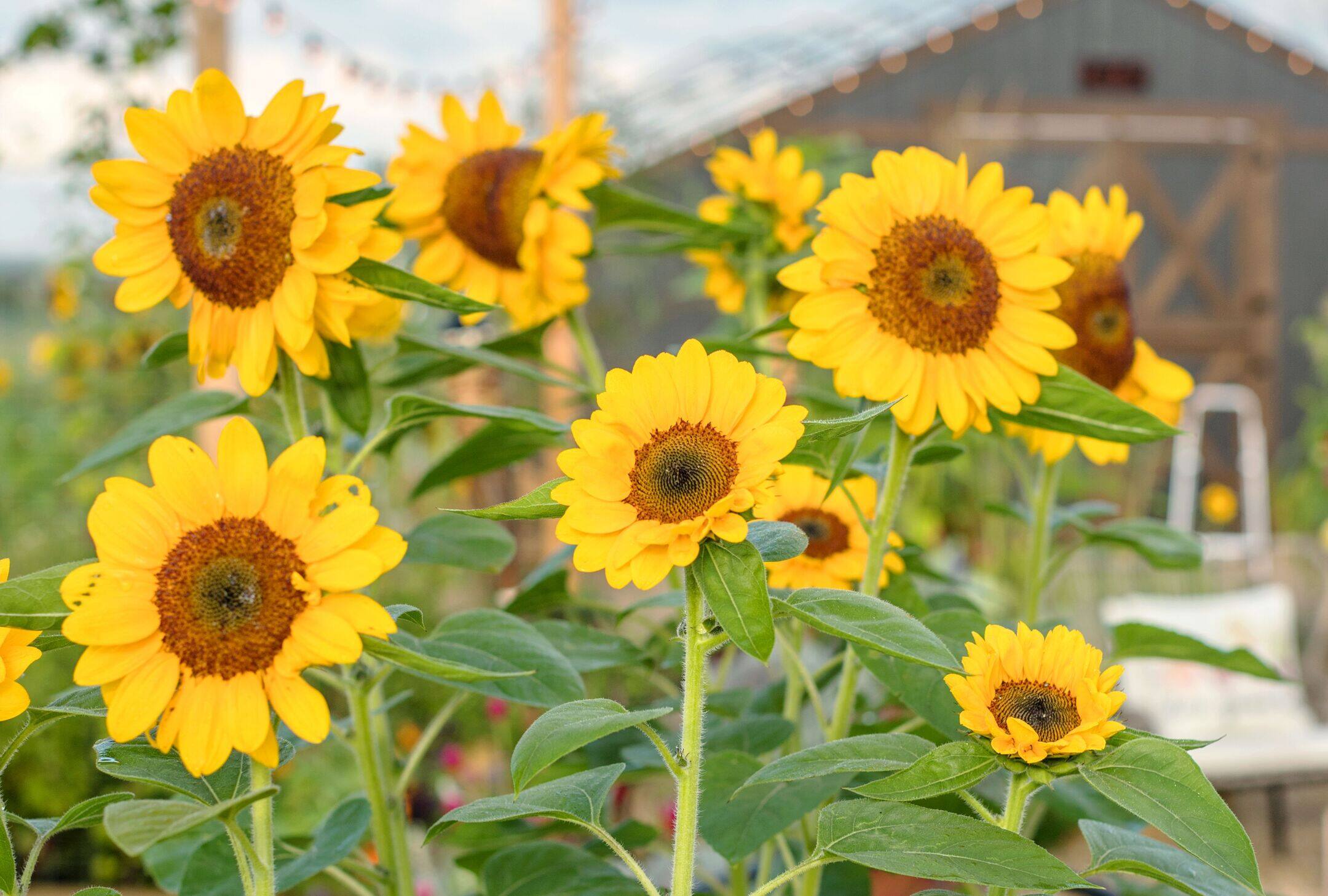
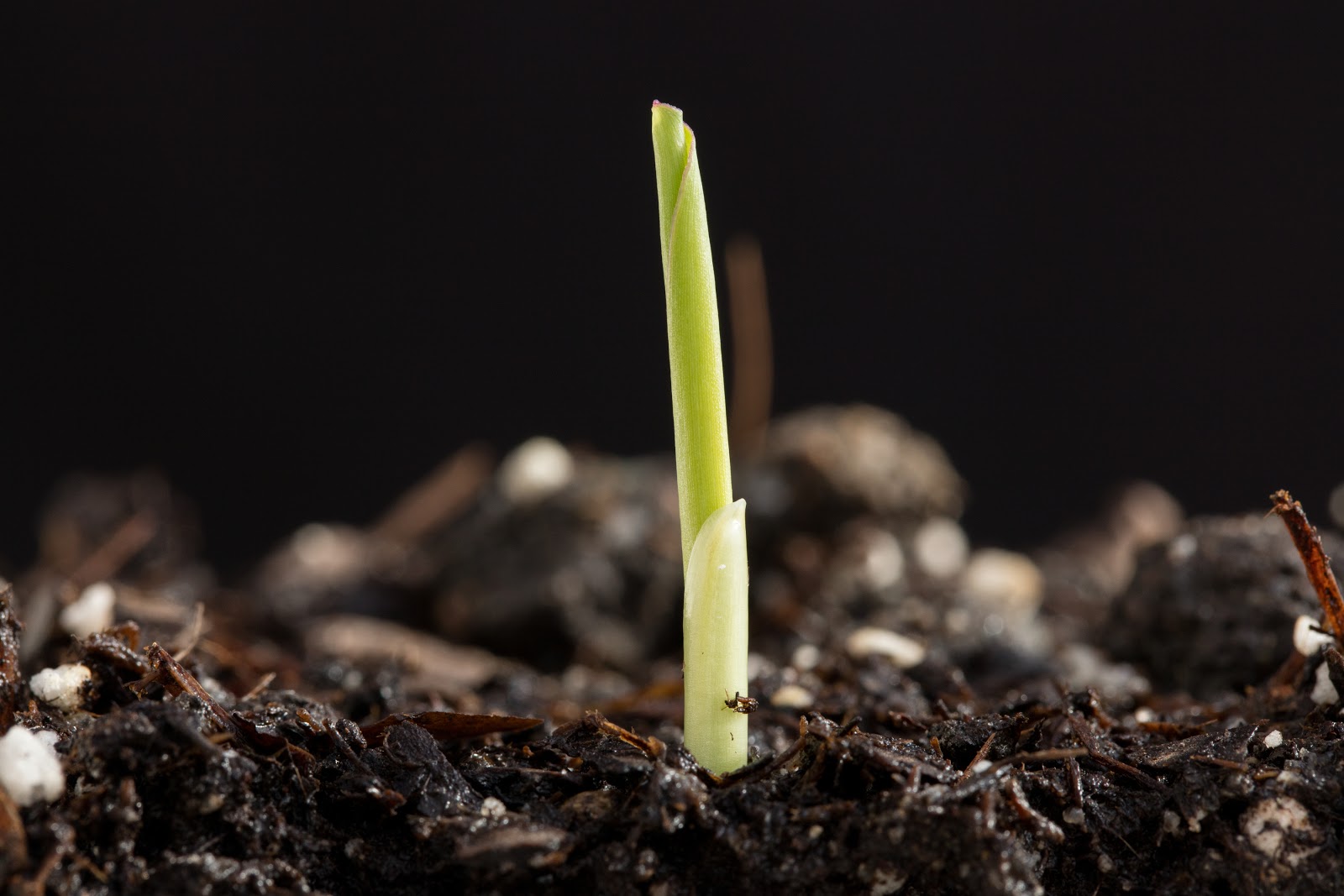
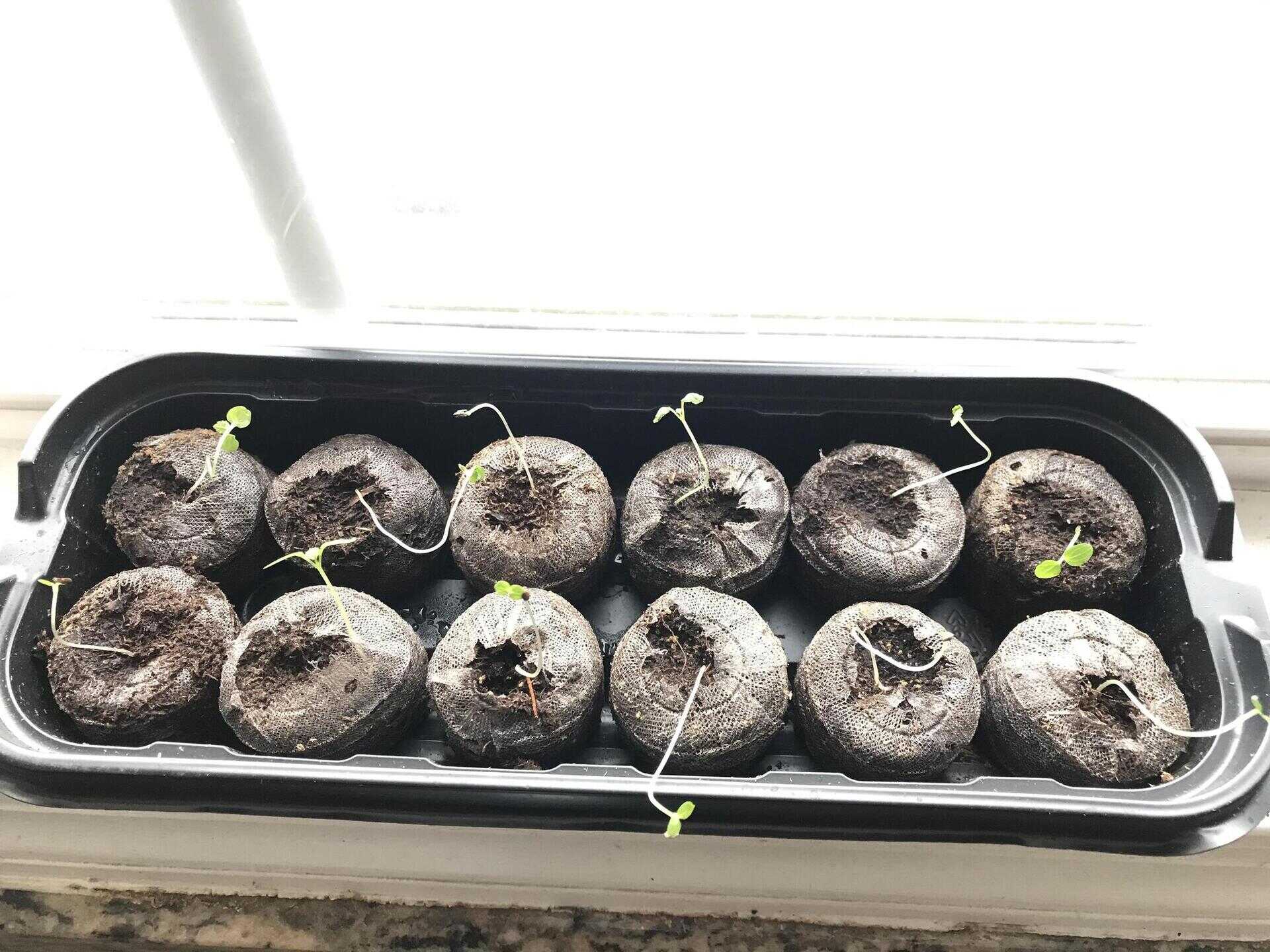
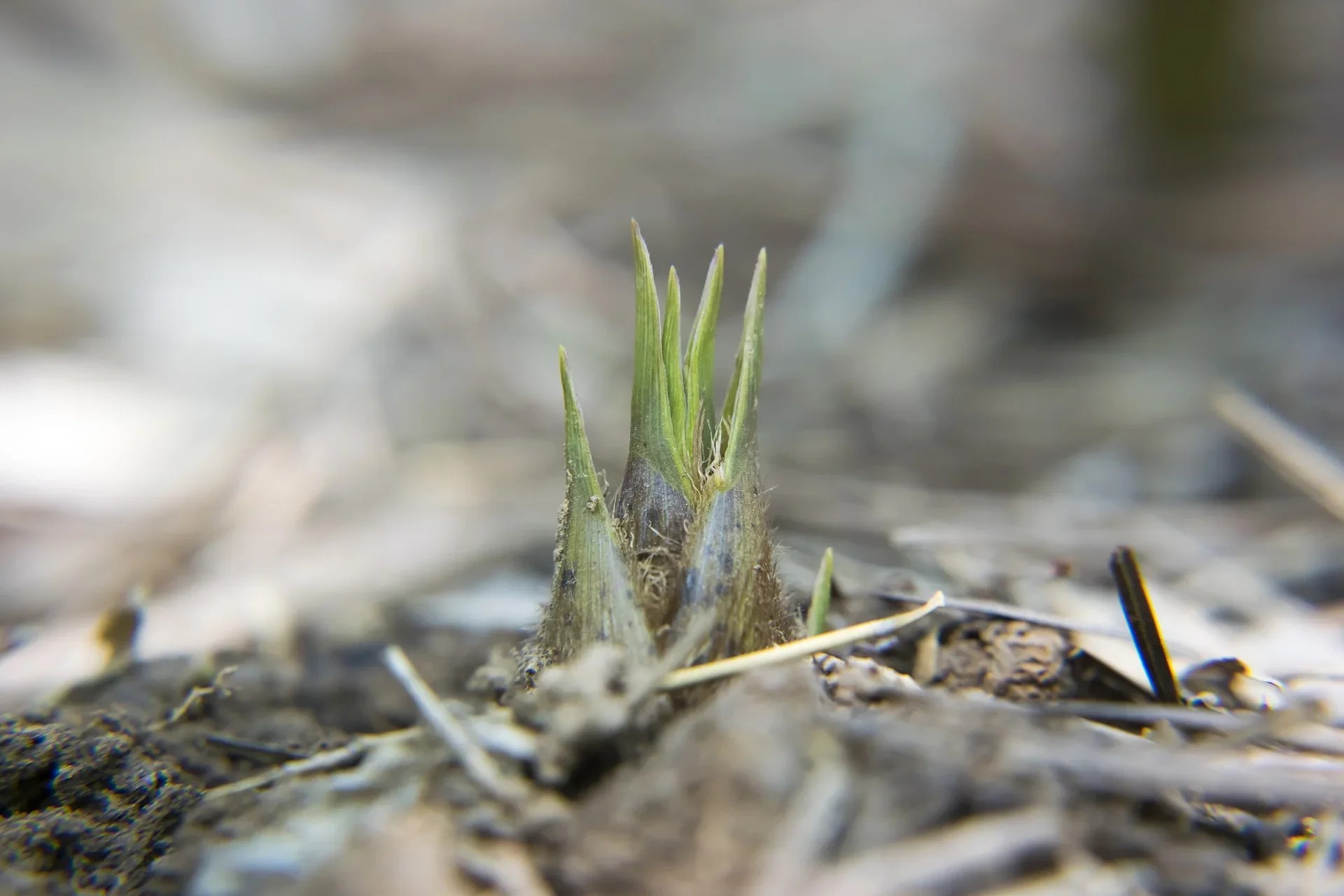
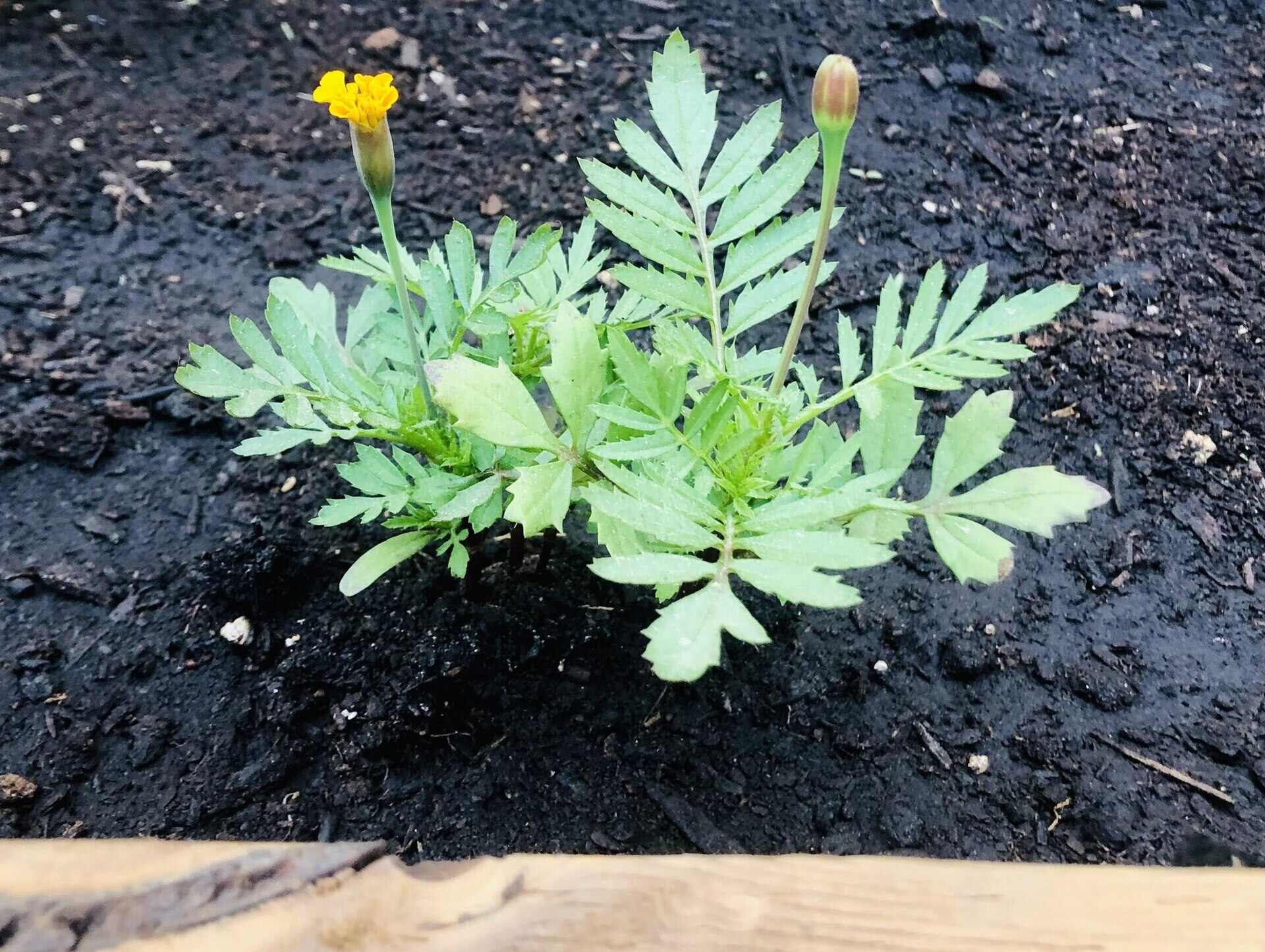
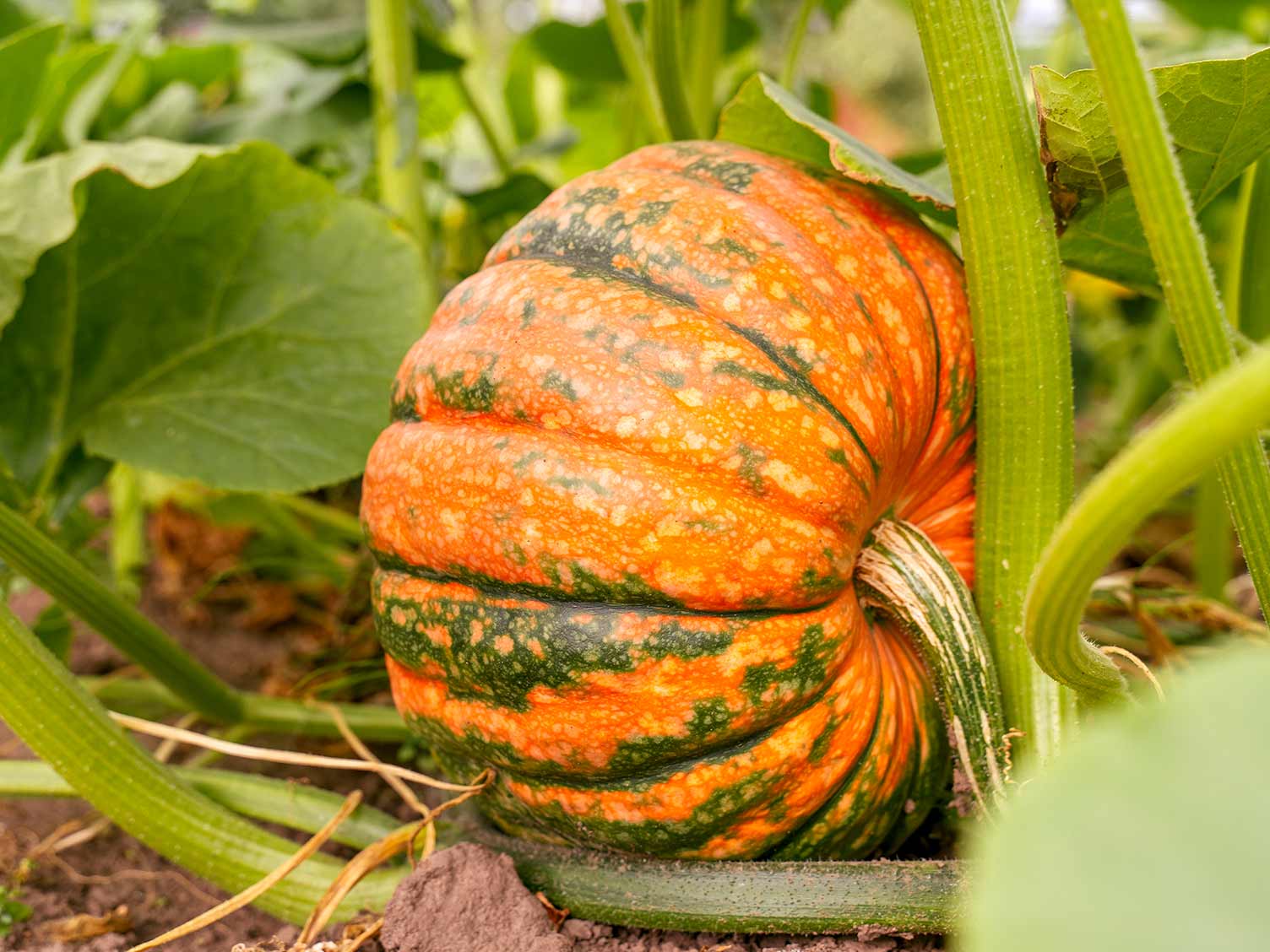

0 thoughts on “How Long Does It Take For Grass Seed To Grow”